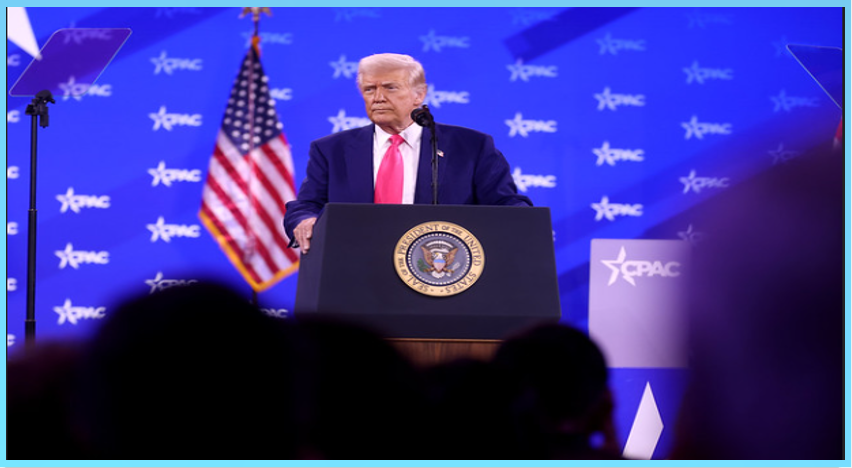Recent actions by the Trump administration signal a recalibration of U.S. technology and innovation policy, with a focus on national security, supply chain independence, and modernization of federal operations. These moves span across export controls, crypto regulation, cybersecurity funding, infrastructure planning, and procurement strategy.
Expanded Export Controls on AI Chips
The U.S. Department of Commerce has introduced additional restrictions on exports of advanced AI chips to China. New licensing rules apply to products such as Nvidia’s H20 and AMD’s MI308—designed to align with earlier regulations—which are now prohibited from being sold to certain foreign entities. Both companies have projected significant revenue impacts: Nvidia estimates losses of up to $5.5 billion, while AMD forecasts a potential $800 million shortfall (AP News, The Times UK).
Changes to Cryptocurrency Enforcement
The Department of Justice has dissolved its National Cryptocurrency Enforcement Team, redirecting enforcement efforts to cases involving terrorism financing and organized crime. Separately, President Trump signed legislation overturning an IRS rule that would have extended tax reporting requirements to decentralized finance (DeFi) platforms (Business Insider).
Cybersecurity Workforce and System Support
The Cybersecurity and Infrastructure Security Agency (CISA) has begun a round of voluntary workforce reductions, with internal reports suggesting up to 1,300 job cuts. Despite this, the administration has approved continued funding for the Common Vulnerabilities and Exposures (CVE) system—a widely used cybersecurity database that supports vulnerability coordination and public disclosure.
AI Infrastructure Development on Federal Sites
The Department of Energy has issued a Request for Information (RFI) seeking input on developing AI data centers on 16 federally managed sites. The goal is to locate these centers near clean energy sources such as nuclear and geothermal. If implemented, operations could begin as early as 2027.
Procurement Reform: Emphasis on Commercial Technology
A new executive order directs federal agencies to prioritize commercially available technology solutions over bespoke systems. The U.S. Space Force has responded by accelerating its evaluation of commercial platforms, including the Deep-Space Advanced Radar Capability (DARC), as part of broader modernization goals (Northrop Grumman).
Tariffs on Technology Goods Under Review
Though initial rounds of tariffs on Chinese imports excluded certain consumer electronics—such as smartphones and semiconductors—those carve-outs may be revised. A national security review of foreign chip imports is ongoing, potentially opening the door to broader tariff applications across the tech sector.
These developments represent a coordinated policy approach to evolving technological and geopolitical challenges. While the full implications for industry and innovation remain to be seen, the measures mark a notable shift in how the federal government engages with strategic technologies and digital infrastructure.
Source: Center for Strategic & International Studies
President-Trump-Picture-on-Flickr-by-Gage-Skidmore-CC-BY-SA-2-0.



